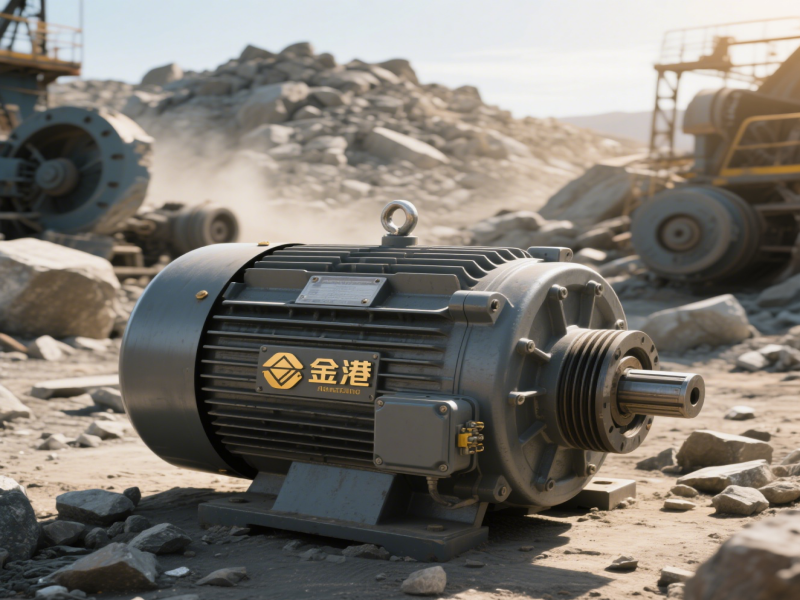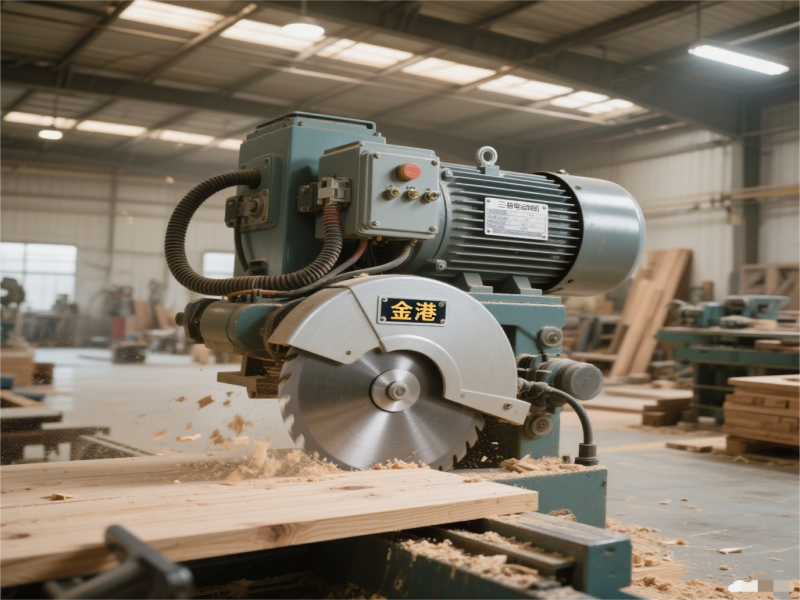Classification and Advantages of Woodworking Motors
Introduction to woodworking motors
Woodworking motors are power devices specially used to drive woodworking machinery and equipment . Their core function is to convert electrical energy into mechanical energy to meet the requirements of speed, torque, precision, etc. during wood processing.
Classification of woodworking motors
1. Asynchronous motor (induction motor)
Working principle: The stator winding generates a rotating magnetic field, and the rotor induces current in the magnetic field and generates torque.
Features: Simple structure, low cost, easy maintenance, suitable for equipment with low requirements for speed stability .
2. Servo motor
Working principle: Accurately adjust the speed and position through a closed-loop control system, with fast response speed.
Features: High precision and high stability, commonly used in CNC woodworking machinery , can realize complex trajectory processing.
Working principle: Convert the electrical pulse signal into angular displacement. Every time a pulse is received, the motor rotates a fixed angle.
Features: high control accuracy, moderate cost, but low speed, suitable for equipment that requires precise positioning.
4. DC motor
Working principle: Powered by DC power supply, the rotor is rotated through brushes and commutators.
Features: wide speed regulation range, large starting torque, commonly used in portable woodworking tools.
Advantages of woodworking motors
The advantages of woodworking motors are mainly reflected in efficiency, performance, applicability and safety, as follows:
1. High efficiency and energy saving
High energy conversion rate: The energy conversion rate of modern woodworking motors can reach 85%~95%, which is more power-saving than traditional motors and reduces processing costs.
Frequency conversion speed regulation technology: The motor speed is adjusted by the inverter, and the power output can be automatically adjusted according to the wood material to avoid energy waste.
2. Precision control and high processing accuracy
Application of servo/stepper motors: In CNC equipment, motors can cooperate with control systems to achieve micron-level precision processing, such as engraving patterns and cutting complex curves, to ensure the consistency of workpiece size and surface finish.
Constant torque output: Some motors can maintain stable torque at different speeds to avoid wood cracking or processing errors due to uneven force.
3. Diversified scene adaptation
Wide power range: From small handheld tools to large industrial equipment , woodworking motors can choose different power models according to needs.
Strong environmental adaptability: Some motors adopt dust-proof and moisture-proof design, which is suitable for dusty and humid environments in wood processing workshops, reducing the risk of failure.
4. Convenient operation and safety guarantee
Intelligent control: Integrated overload protection and overheating protection functions, automatically shut down when the motor load is too large or the temperature is too high, avoiding equipment damage and safety accidents.
Low noise and low vibration: By optimizing the motor structure,noise pollution during processing can be reduced and the working environment can be improved.
5. Low maintenance cost
Popularization of brushless motors: Servo motors and some DC motors adopt brushless design, which eliminates the problem of brush wear, extends the maintenance cycle to thousands of hours, and reduces the frequency of replacing parts.




